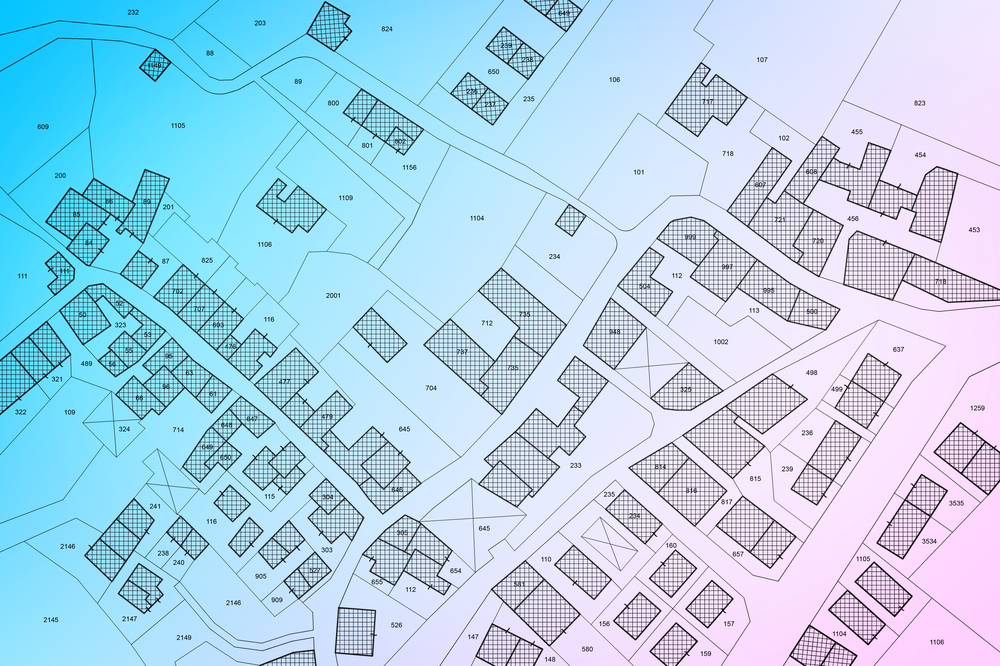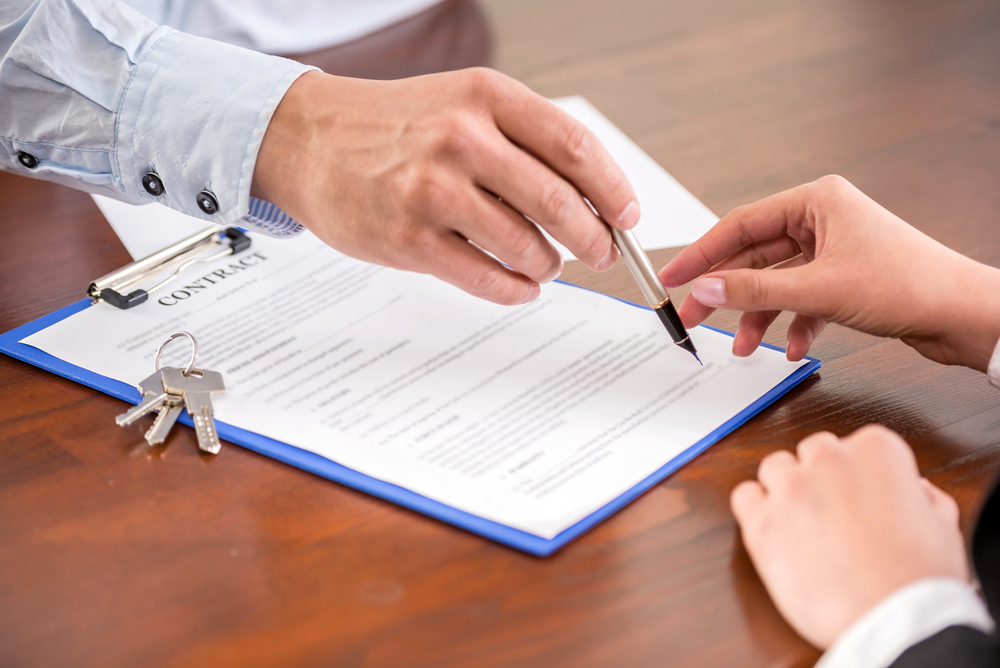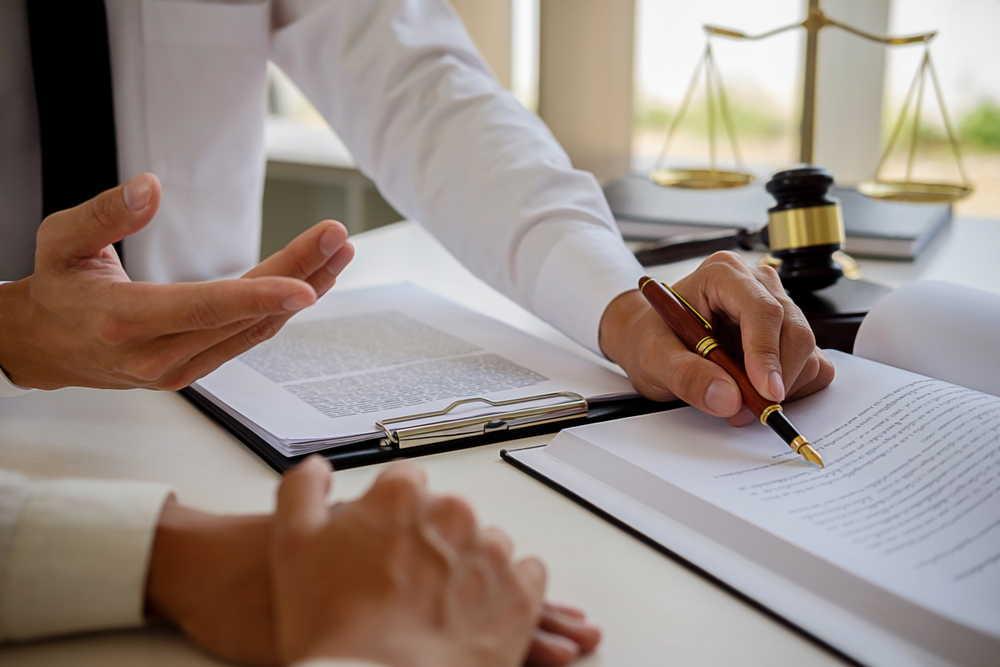Personal Injury? Small Firm vs. Big Firm
Choosing a Small Personal Injury Firm over a Megafirm in Long Island, NY
When you’re seeking legal representation for a personal injury claim in Long Island, NY, it’s important to consider your options. Whether you’re needing an attorney for a car accident, premises liability claim, or construction accident, the firm you choose can significantly impact your experience and your outcome. We want to give you an honest look at small firms vs. megafirms to help you make an informed and confident decision when choosing the personal injury attorney to represent you in Nassau County.
While large law firms often boast extensive resources and a high-profile presence, smaller law firms offer distinct advantages that can be crucial in personal injury cases. Here, we explore the downsides of large law firms and the benefits of choosing a smaller law firm that has deep roots and expertise in the local community like Chiariello & Chiariello.
FAQs: Landlord & Tenant Dispute in Long Island, NY
Navigating landlord and tenant disputes in Long Island, NY, can be a complex and stressful ordeal, given the intricate nature of New York housing laws. Whether you’re a tenant facing unjust treatment or a landlord dealing with lease violations, understanding your legal rights and obligations is crucial. At Chiariello & Chiariello, we specialize in providing legal guidance to both landlords and tenants, ensuring that each party can resolve their disputes fairly and lawfully. This blog post explores common questions related to landlord and tenant disputes and offers insights into when and why legal representation is essential.
In What Situations Would Someone Need To Hire A Lawyer for a Landlord and Tenant Dispute?
Hiring a lawyer for a landlord and tenant dispute is advisable when:

- Eviction Proceedings: If a landlord is seeking to evict a tenant, or if a tenant is facing eviction.
- Lease Disagreements: Disputes over terms in the lease, such as rent, maintenance, and lease duration.
- Property Damage Claims: When there is a disagreement over who is responsible for property damage.
- Security Deposit Recovery: If a tenant is having trouble recovering their security deposit.
- Illegal Unit or Rent Issues: In cases where a tenant suspects the rental unit is illegal, or if there are disputes over rent stabilization or control.

Zoning regulations are enacted on a municipal level to dictate how land within a specific area can be used and developed, and these rules can profoundly impact the investment climate of a neighborhood, from what types of businesses are allowed to the scale and design of the buildings they can construct.
State laws provide the framework for local governments to implement zoning, and these local zoning codes address land use considerations:
Read the rest of this entry »Buying a home in New York is thrilling, but the closing process can take some of the thrill out of it for anyone. That closing contract is a huge stack of legalese, so your Long Island, NY closing attorney will break down the key things to understand before you sign on the dotted line.
Even After the Contract, Things Can Change

When you make an offer on a property, it leads to a purchase contract. It’s important to realize that even after this step, though, things can and do change. Inspections might throw up issues, title searches can reveal problems, and financing matters can arise. Make sure to work with an experienced closing attorney in Glen Cove, NY throughout these negotiations, as they’ll ensure your interests are protected.
Read the rest of this entry »An experienced real estate lawyer can help you navigate a property purchase in the Long Island, NY area. As you shop for the perfect piece of land or single-family home, prepare for a smooth transaction with strategies to avoid common legal issues during this type of transaction.
Invest in Title Insurance

Title insurance protects the money that you put into your home in case someone else has a claim to the property. Additionally, the mortgage company financing your purchase will arrange for a title search, which you pay for as part of your closing costs.
This search looks for any possible liens or claims on the property, including but not limited to neighbor access rights, utility easements, and remodeling restrictions (if you buy a historic building, for example).
Read the rest of this entry »Easements in New York
In New York, an easement is a legal right that allows someone to use or access another person’s property for a specific purpose. It grants a non-possessory interest in the land, meaning that the easement holder does not own the property but has a limited right to use it. It is often created for common driveways or access roads.
Here are some key points about easements in New York:
1. Creation of Easements: Easements in New York can be created in several ways, including:
a. Express Grant: An easement can be created through a written agreement between the property owner (the grantor) and the person receiving the easement (the grantee). The agreement should be properly executed, signed, and recorded in the county where the property is located.
b. Implication: An easement may be implied when it is necessary for the reasonable use and enjoyment of a property, based on the circumstances and actions of the parties involved.
c. Prescription: An easement by prescription can be established when someone uses another person’s property openly, notoriously, and without the owner’s permission for a statutory period of ten years.
d. Necessity: In certain situations, when a landlocked parcel of property has no other means of access, a court may grant an easement by necessity to provide a right of passage.
Types of Easements: Easements in New York can serve various purposes. Some common types include:
a. Right-of-Way: This type of easement allows someone to pass through or use a specific portion of another person’s property for access, such as a driveway or pathway.
b. Utility Easement: Utility companies may have easements to install, maintain, or access utility lines, such as electricity, water, or gas, on private property.
c. Conservation Easement: A landowner may grant a conservation easement to a government agency or a nonprofit organization to preserve the natural or cultural characteristics of the property.
d. Drainage Easement: An easement may be established to allow the flow of water across one property for the benefit of another, ensuring proper drainage.
Rights and Responsibilities:
The rights and responsibilities of an easement holder and the property owner can vary depending on the terms of the easement agreement or the circumstances under which the easement was created. Generally, the easement holder has the right to use the property as specified in the easement, while the property owner retains ownership and control over the land.
Termination of Easements: Easements in New York can be terminated under certain circumstances, including:
a. Release: The easement holder may voluntarily release or relinquish their rights in writing.
b. Abandonment: If the easement holder stops using the easement for an extended period and demonstrates an intent to abandon it, the easement may be terminated.
c. Merger: If the ownership of the easement and the underlying property are combined under the same owner, the easement may be terminated through a process called merger.
d. Expiration: Some easements have a specified duration or a condition upon which they expire.
Since easements and their use are often complex and end up in disputes, it’s important to consult with a qualified attorney who understands real estate law in New York to handle all of your easement issues. Our firm has handled numerous easement issues over the years and we would be glad to discuss your case with you. Feel free to call us at any time – 516-801-8100.
Partition Actions in New York State
Partition actions in New York refer to legal proceedings undertaken to divide jointly owned real property among its co-owners. When multiple individuals share ownership of a property and cannot agree on its use, management, or sale, a partition action can be initiated to resolve the issue. The purpose of a partition action is to divide the property in a fair and equitable manner, allowing each owner to have their share separately.

The “Serious Injury” Requirement
A lot of people are likely unaware that in order to bring a lawsuit for injuries, pain and suffering arising out of an automobile accident, New York law requires you to prove that you sustained a “serious injury”. A “serious injury” is defined as:
- Death;
- Dismemberment;
- Significant disfigurement;
- Fracture;
- Loss of a fetus;
- Permanent loss of use of a body organ, member, function or system;
- Permanent consequential limitation of use of a body organ or member;
- Significant limitation of use of a body function or system;
- Medically determined injury or impairment of a non-permanent nature which prevents the injured person from performing substantially all of the material acts which constitute such person’s usual and customary daily activities for not less than ninety days during the one hundred eighty days immediately following the occurrence of the injury or impairment.
Based upon these categories, minor injuries such as bruises, strains and sprains generally do not qualify as serious injuries under the law but you should always speak with an attorney to ensure you get appropriate information and guidance. Often what appears to be a simple strain turns into something more serious with further testing so you should call Chiariello & Chiariello promptly to discuss your situation. Drive carefully!
Understanding Circumstantial Evidence
Circumstantial evidence can play a significant role in accident cases, where direct evidence may be lacking or inconclusive. Accident cases, such as those involving motor vehicle accidents, workplace accidents, or slip and fall incidents, often require careful investigation to determine the cause, liability, and extent of damages. Circumstantial evidence can provide valuable insights and help reconstruct the events leading up to an accident, establish liability, and support a claim or defense.
One common form of circumstantial evidence in accident cases is physical evidence. For example, in a motor vehicle accident case, skid marks on the road, damage to vehicles, or debris at the scene can provide clues about the speed, direction, and point of impact of the vehicles involved. These physical clues can be used to reconstruct the sequence of events leading up to the accident and help determine factors such as negligence, fault, or causation.
Witness testimony can also be considered circumstantial evidence in accident cases. Eyewitnesses or other witnesses who observed the accident or its aftermath can provide valuable information about the circumstances leading up to the accident. Their accounts of what they saw or heard can help establish facts, such as the behavior of the parties involved, the presence of hazards, or the conditions of the environment, which can be critical in determining liability and damages.
Additionally, circumstantial evidence can include documentary evidence, such as records or documents that provide information relevant to the accident. For example, in a workplace accident case, safety inspection reports, maintenance records, or training records can provide insights into the condition of equipment, compliance with safety regulations, or training provided to employees. Such documents can help establish whether negligence or a failure to comply with regulations contributed to the accident.
Circumstantial evidence in accident cases often requires careful analysis and interpretation. Different pieces of circumstantial evidence may need to be pieced together to create a coherent narrative of what happened. For example, skid marks on the road, witness accounts, and vehicle damage may need to be analyzed collectively to establish the cause and sequence of events in a motor vehicle accident case. Expert opinions, such as accident reconstructionists or engineers, may also be used to interpret circumstantial evidence and provide insights into the dynamics of the accident.
It is important to note that circumstantial evidence in accident cases may not always be conclusive and can be subject to interpretation or challenge. However, it can still be persuasive and provide valuable insights into what likely occurred based on reasonable inferences drawn from the available evidence. It can help establish liability, support a claim or defense, and guide the resolution of accident cases.
In conclusion, circumstantial evidence can play a crucial role in accident cases by providing valuable insights, establishing facts, and supporting claims or defenses. Physical evidence, witness testimony, and documentary evidence can all be considered circumstantial evidence in accident cases, and careful analysis and interpretation may be needed to determine their significance. While circumstantial evidence may not always be conclusive, it can still be persuasive and help establish liability, causation, and damages in accident cases.
Res ipsa loquitur is a legal doctrine that allows a plaintiff to establish a prima facie case of negligence by showing that the injury or harm suffered would not have occurred in the absence of negligence on the part of the defendant. The Latin phrase “res ipsa loquitur” translates to “the thing speaks for itself,” and the doctrine is based on the idea that some events are so inherently improbable that they would not have occurred in the absence of negligence.
Under res ipsa loquitur, the plaintiff does not need to prove the specific act of negligence that caused the injury or harm. Instead, the plaintiff must show that the injury or harm was the type of injury that does not normally occur in the absence of negligence, that the defendant had control over the instrumentality or circumstances that caused the injury or harm, and that the plaintiff did not contribute to the injury or harm.
Res ipsa loquitur is often used in cases involving medical malpractice, where the plaintiff may not have direct evidence of the specific act of negligence that caused the injury, but can show that the injury would not have occurred in the absence of negligence. For example, if a patient wakes up from surgery with a surgical instrument left inside their body, res ipsa loquitur may be used to establish a prima facie case of negligence.
While the doctrine of res ipsa loquitur can be a useful tool for plaintiffs, it is not a guarantee of success in a negligence case. The defendant may still present evidence to rebut the presumption of negligence and show that the injury or harm was not caused by their negligence. Additionally, some jurisdictions have limited the application of the doctrine in certain circumstances, such as when the injury or harm was caused by a natural event or when the defendant’s conduct was not within their control.
If you have been injured by malpractice or any act of negligence, give us a call and we can help guide you through the process to ensure your rights are protected – 516-810-8100.



